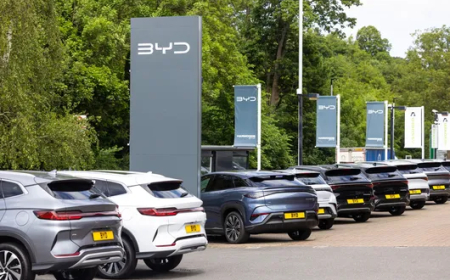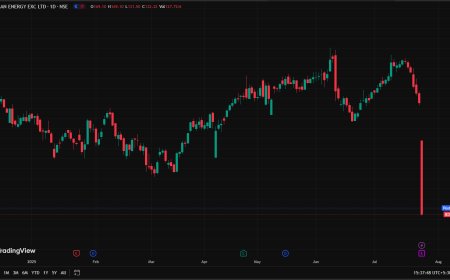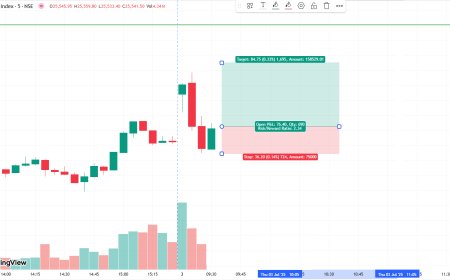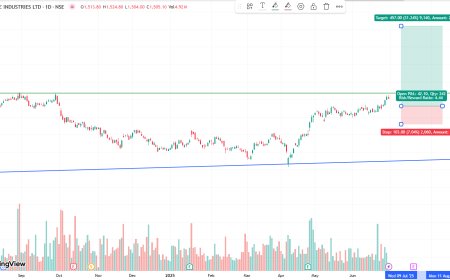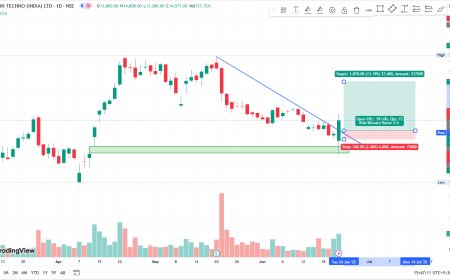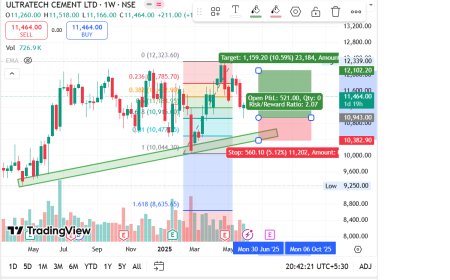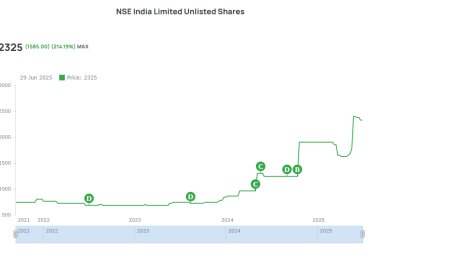Ola Electric's new breakeven targets appear more like wishful thinking
Ola Electric’s ambitious breakeven goals for 2025 stir debate among analysts as the EV startup grapples with mounting competition, cost pressures, and scaling issues.
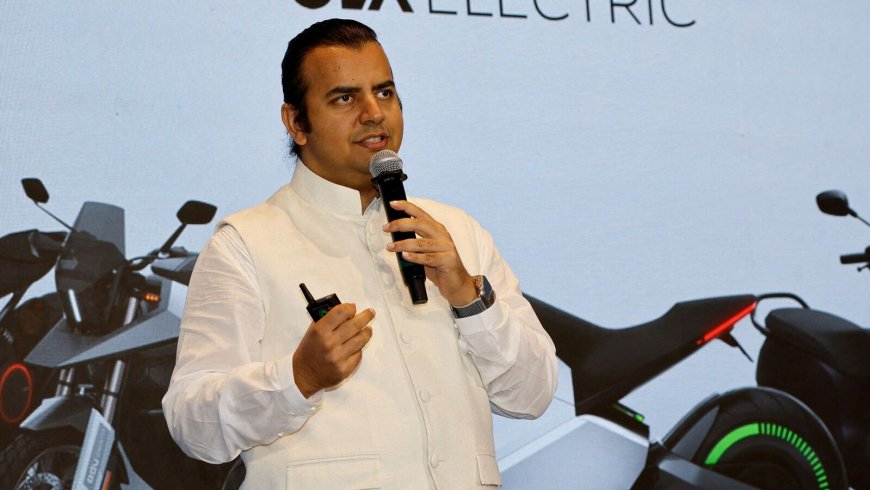
June 4, 2025
Ola Electric’s bold claims of achieving breakeven by the end of FY26 have sparked skepticism across India’s financial and startup ecosystem. With the electric mobility sector still finding its footing amid fierce competition, capital expenditure hurdles, and uncertain regulatory support, many analysts are questioning whether the Bengaluru-based EV startup’s targets are grounded in operational reality or tinted by IPO ambitions.
Aggressive Targets Ahead of IPO
Earlier this year, Ola Electric refiled its Draft Red Herring Prospectus (DRHP) with SEBI, showcasing plans to raise ₹5,500 crore through a fresh issue. The revised filing claimed the company would turn profitable by FY26, propelled by better cost efficiency, economies of scale, and an expected boost in EV adoption.
However, the promise of breakeven comes just as Ola Electric prepares to expand its Gigafactory operations, enhance R&D expenditure, and ramp up production to meet what it forecasts as surging demand. Industry watchers are viewing the timing and tone of the breakeven claim with caution.
“They’re walking a tightrope,” said Ravi Batra, an auto sector analyst at CapitalBridge Advisors. “The intention to hit breakeven in two years is commendable, but without demonstrated financial discipline and consistent growth in sales volumes, it sounds more aspirational than achievable.”
Cash Burn and Operational Hurdles
Ola Electric has reported over ₹1,100 crore in losses in FY24, with margins under pressure from aggressive pricing and promotional spends. While its S1 and S1 Air scooters have performed decently in metros, the rural and Tier 2 markets remain under-penetrated due to limited service networks and low consumer trust in EV infrastructure.
Operationally, the company has struggled with product recalls and service complaints in the past, and its manufacturing lines are not yet operating at full capacity. Ola Electric’s Gigafactory, a crucial component of its long-term cost-reduction strategy, is still under development and requires substantial investment before it becomes fully operational.
“Breakeven depends on more than demand growth. It’s about cost structure, battery efficiency, and post-sales economics,” noted Priya Ramesh, partner at BlueOak Capital. “If you are burning ₹200 crore every quarter, even a doubling of sales won’t guarantee profitability unless operations are ruthlessly streamlined.”
EV Market Dynamics: A Mixed Bag
The Indian electric two-wheeler market has seen exponential growth, but it is also becoming increasingly crowded. Players like Ather Energy, TVS, and Bajaj have launched competitive products that challenge Ola’s dominance. Moreover, government subsidies under the FAME-II scheme are being reduced, increasing the on-road cost of EVs for consumers.
In addition, new players are entering the market, including legacy automakers transitioning to electric platforms with better after-sales ecosystems and deeper pockets. Ola Electric’s brand, while strong in urban centers, may not enjoy the same pull as these established names across India.
“The early-mover advantage is fading fast,” said Amit Desai, equity strategist at Veritas Global. “Unless Ola differentiates either via technology or cost structure, they risk getting commoditized in a maturing EV segment.”
The IPO Lens: Optimism vs. Realism
With Ola Electric's IPO likely to be one of the largest public listings by an Indian EV startup, the company has every incentive to project strong forward-looking statements. Yet, for public market investors, past performance and current operational efficiency matter just as much as projected metrics.
The company claims that strong gross margin improvements are underway, driven by scale manufacturing and vertical integration through its battery cell production. However, there is little publicly available data to independently verify the current margin trajectory or working capital cycle improvements.
“It feels like a story being told for IPO valuations,” remarked a Mumbai-based fund manager on condition of anonymity. “There’s potential, yes—but potential doesn’t pay the bills. We want to see actual cash flow improvements before taking a bet.”
Investor Outlook: Proceed with Caution
For retail and institutional investors eyeing Ola Electric's upcoming IPO, caution may be the name of the game. While the brand commands significant mindshare and has disrupted India’s EV landscape, its financial fundamentals remain shaky, and breakeven timelines could easily slip if key assumptions don’t play out.
The IPO may find takers, given the excitement around clean mobility and the company’s marketing prowess. However, long-term investors will need to assess how Ola Electric tackles post-IPO pressures, cost rationalization, and competitive heat.
“This is not a bet on today’s financials but tomorrow’s execution,” said Arvind Mehta, senior investment strategist at QuantAxis. “The story is compelling, but stories need substance.”
Bold Vision or IPO Theater?
Ola Electric has undeniably changed the game in India’s EV sector, introducing thousands to electric two-wheelers. But translating that momentum into sustainable profitability remains a steep climb. With breakeven claims now in the spotlight and scrutiny rising in the lead-up to its IPO, the company must not only scale but also stabilize.
As India transitions toward electric mobility, Ola Electric’s journey will be watched as a litmus test of whether startups in the green-tech space can also be financially viable—without leaning on optimism alone.
What's Your Reaction?
 Like
0
Like
0
 Dislike
0
Dislike
0
 Love
0
Love
0
 Funny
0
Funny
0
 Angry
0
Angry
0
 Sad
0
Sad
0
 Wow
0
Wow
0













